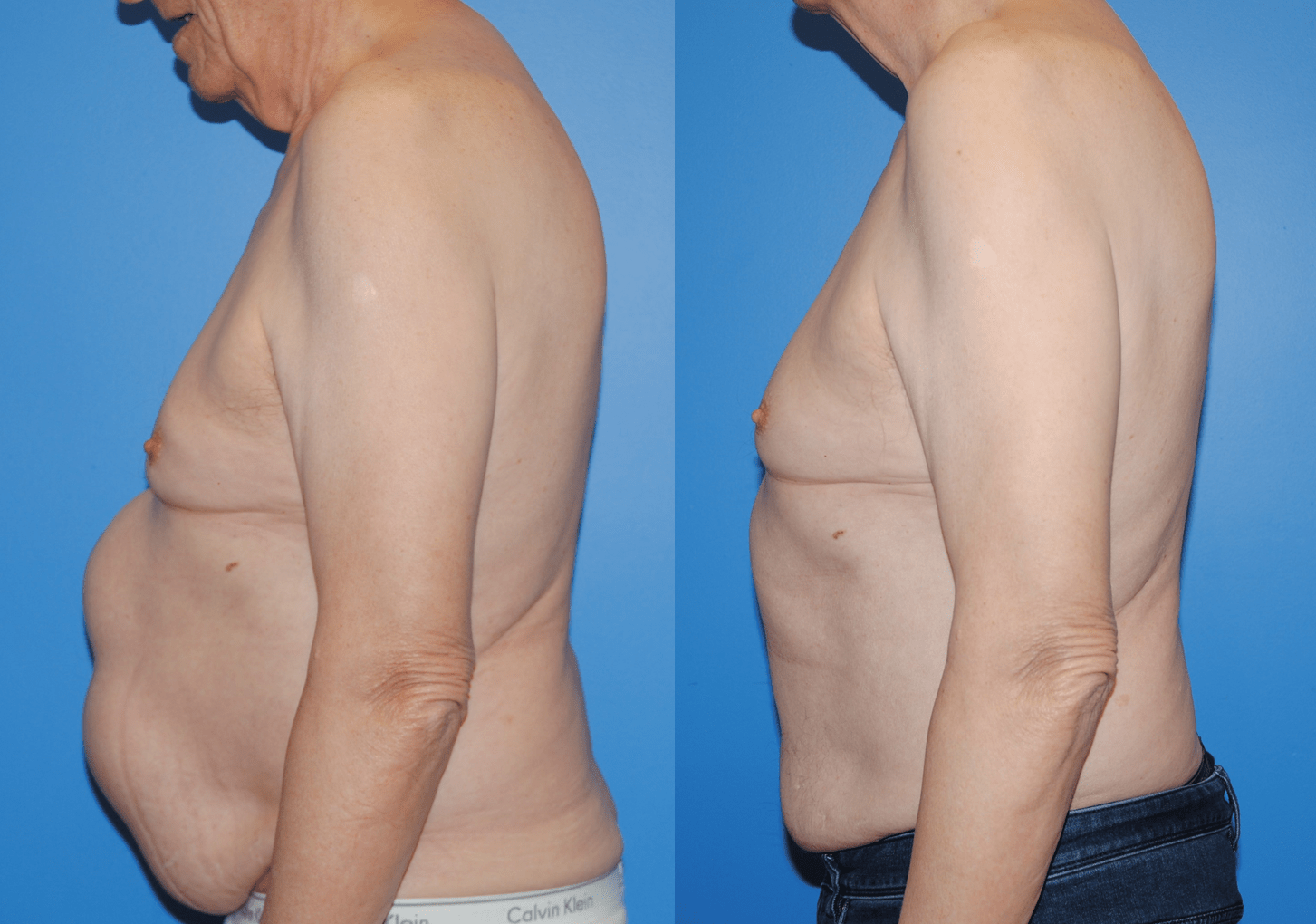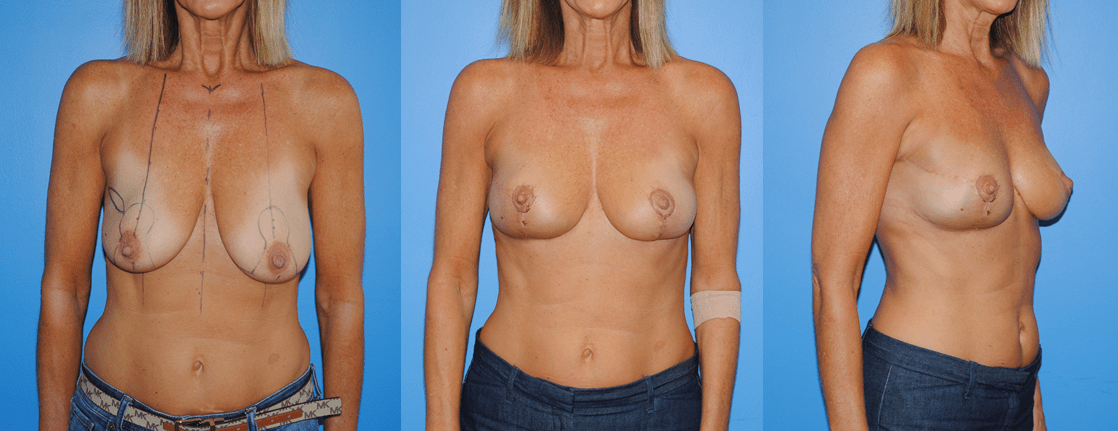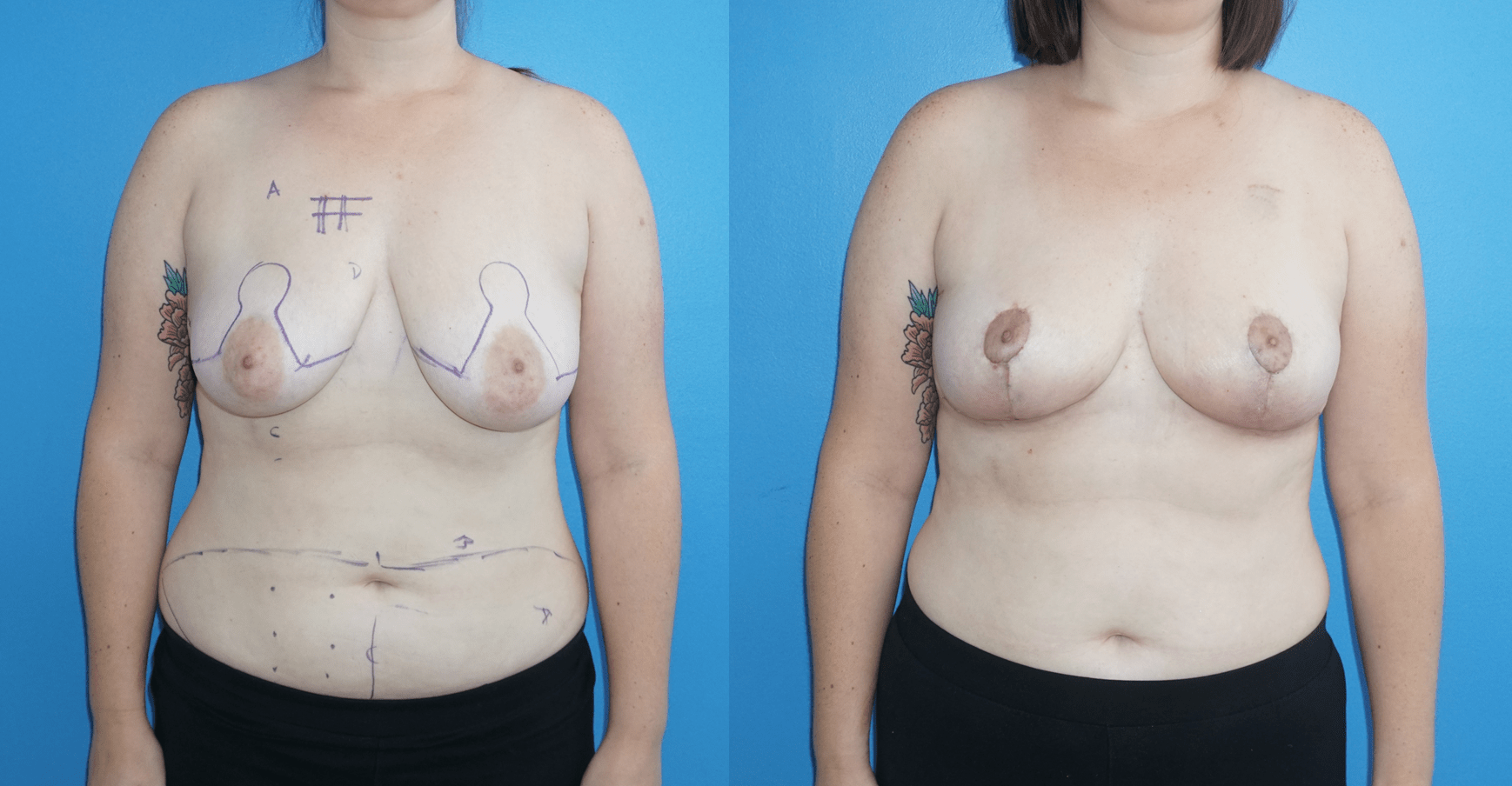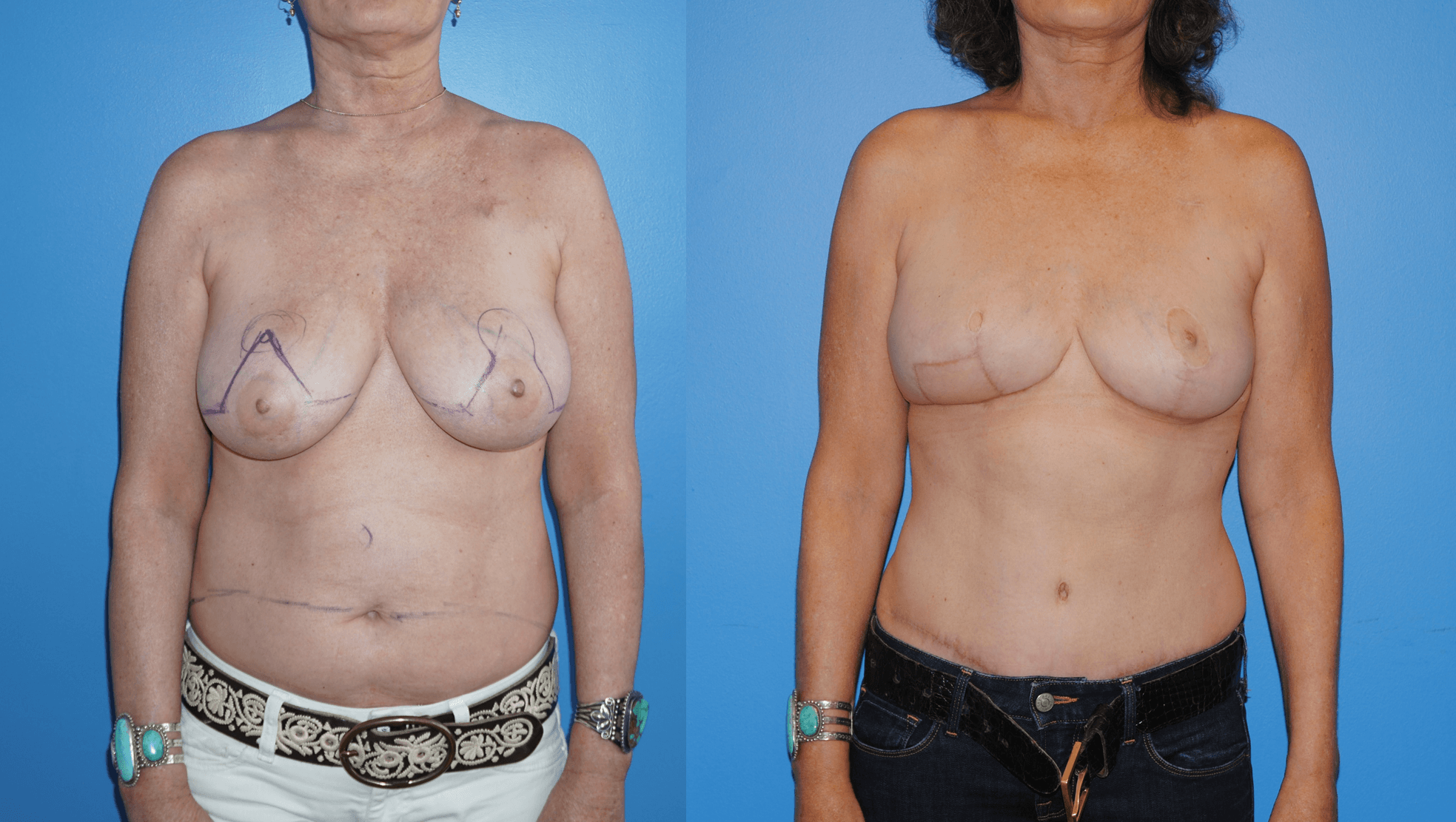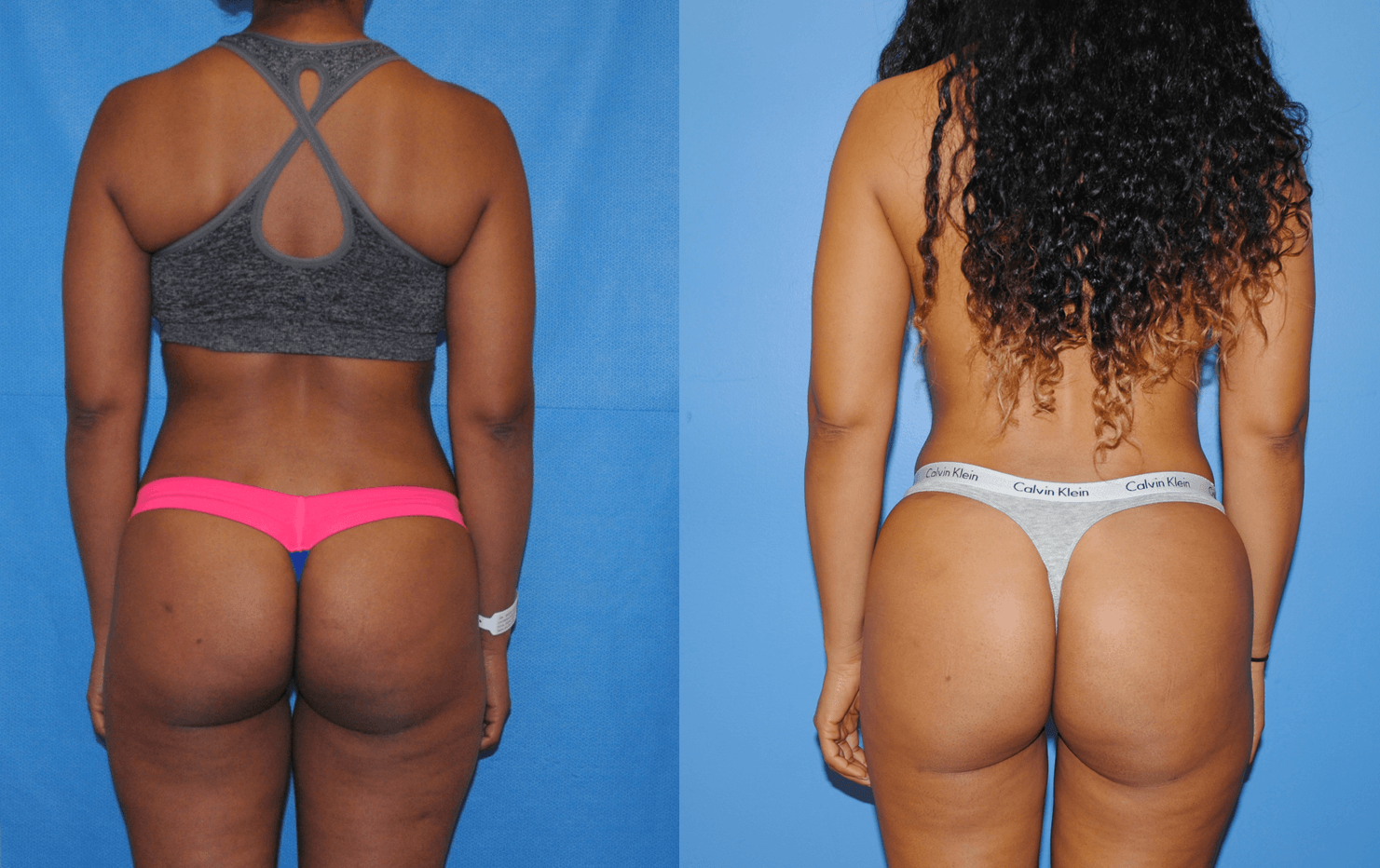Abdominal wall reconstruction procedures are common. Abdominal wall hernias can occur after abdominal procedures. The components of the abdominal wall can be separated and biologic mesh can be used as a load sharing principle to repair the hernia. Protein intake is important before surgery and after surgery to prevent seroma formation post-surgery. We instruct many of our patients to eat…
